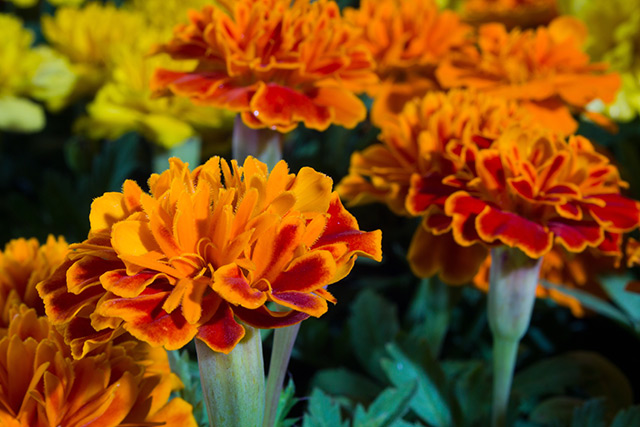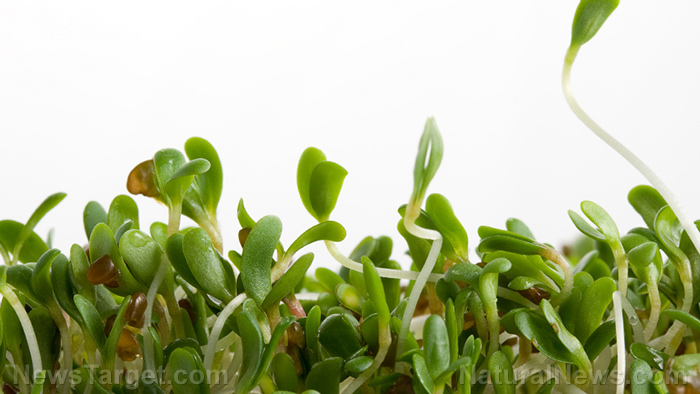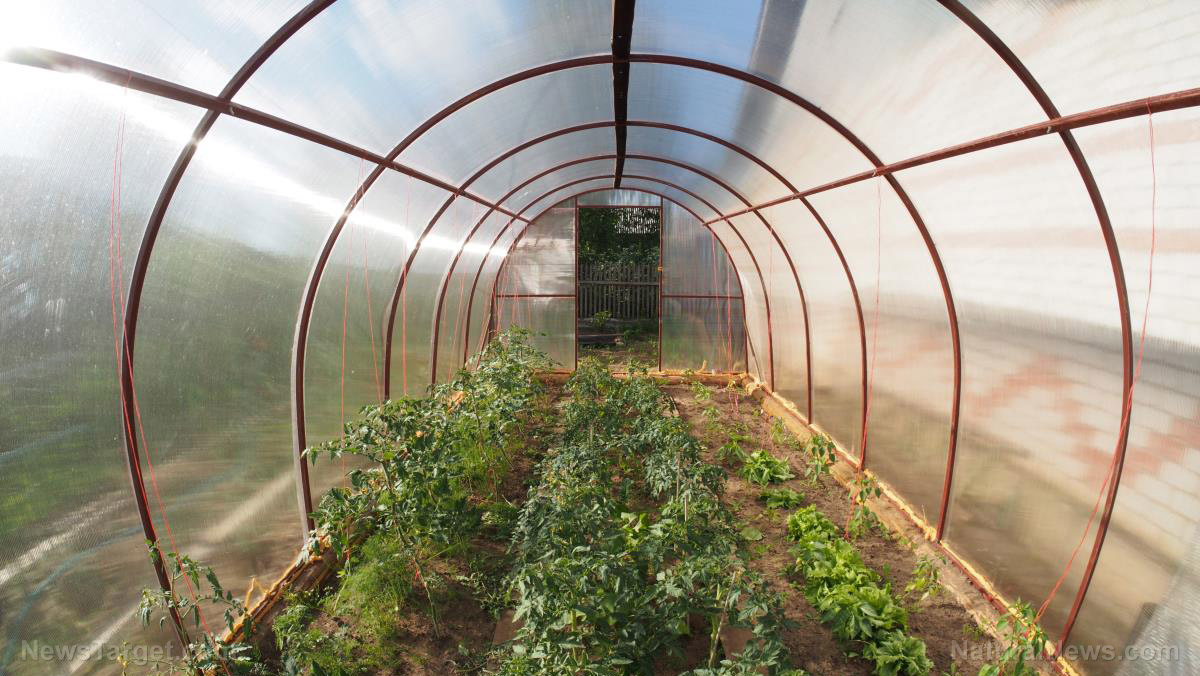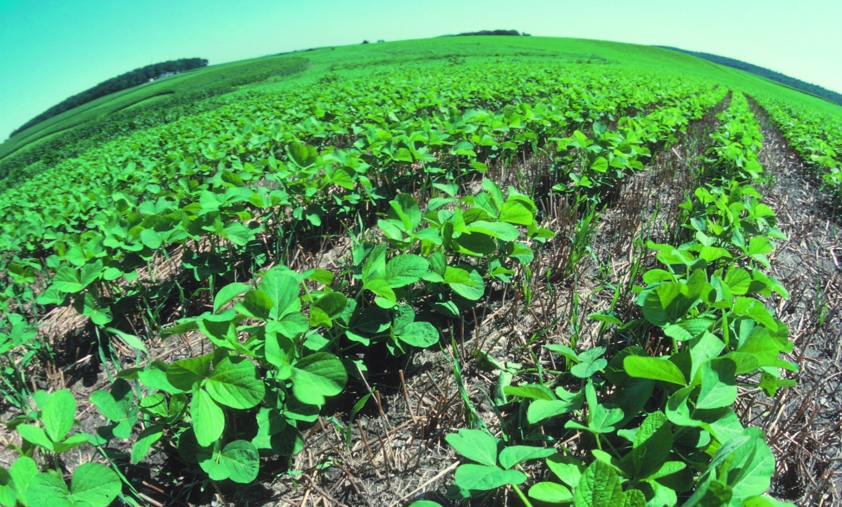New detection method helps coffee farmers fight back against microscopic parasites damaging their crops
08/07/2018 / By Zoey Sky

Coffee plants, which are used to create one of the most sought-after drinks around the globe, are being attacked by parasites.
However, scientists are looking into a detection method that can help farmers protect their crops.
While the microscopic worms exist in various soil samples from coffee farms, they’re immediately spotted because of a simple and efficient method. This method – detailed in a report published in the journal Phytopathology – has scientists hoping that it can be used to study the parasite further.
The coffee plants are targeted by two dominant nematode species found in the soil, and damaging the roots of plants. The microscopic worms are hard to detect since affected plants don’t usually display specific symptoms.
Research on the microscopic worms
The nematodes attack and consume the plant roots, which weakens the plant and results in yield loss. The parasites also target the banana and black pepper plants that are usually grown in coffee farms since the two plants offer “a rich environment” that lets the latter thrive.
The research team was spearheaded by scientists from the University of Leeds who collaborated with agronomists and researchers from Nestlé. The team also included international academic researchers.
The researchers gathered soil samples from plantations in Brazil, Indonesia, and Vietnam which they studied to identify DNA from the nematodes.
While the nematode worms that destroy coffee crops have already been reported, the study is the first to present a “molecular-based study to assess plant-parasitic nematodes in coffee fields.” For the study, researchers sampled multiple crop plants in three of the world’s major coffee producing nations.
Peter Urwin, Professor of Plant Nematology at the University of Leeds Faculty of Biological Sciences explained, “We found widespread evidence of these parasites. The exact species vary by country and looking at soil samples, I can tell the difference between Vietnam and Brazil or Indonesia. The sad fact is that wherever we take samples, we find plant-parasitic nematodes, which are hugely damaging to coffee crops.” (Related: Coffee plants grow better without chemicals; healthy soil has microbes and fungi that nourish plants and act as biofertilizers.)
Coffee plants have an average lifespan of about 2o years. The plants are valuable because coffee is always in demand and farmers often grow them next to other plants like bananas and black pepper to maximize profits.
However, growing these plants side by side can worsen the problem and researchers advised the farmers to consider a mitigation method, which involves cultivating the plants separately. This can make it easier to detect an infection and prevent the other crops from getting damaged.
Professor Urwin shared that growers in vineyards tend to plant “pest-resistant but less desirable grapes.” The farmers then graft preferable grape varieties on the vines to defend the plant against root parasites. He posited that learning which parasites target specific coffee crops and where they live, along with resistant coffee plants, can help growers protect their plants.
Dr. Christopher Bell, who carried out the research, said that the team was worried about the level of parasites present in the soil samples that they studied. He remains hopeful that other scientists can use their findings to develop effective ways of fighting against the nematodes.
Dr. Bell concluded, “Ultimately, farmers and growers should benefit from this work and take appropriate mitigating actions.”
Fast facts on nematodes
Nematodes, which are also called roundworms, are worms of the phylum Nematoda.
- Nematodes are the most abundant animals on the planet. They are parasites that target both animals and plants.
- Nematodes are also free-living forms in freshwater, marine environments, and soil. The parasitic worms can even thrive in unusual environments like beer malts, vinegar, and water-filled cracks under the planet’s crust.
- There are at least 20,000 named species of nematodes, but it’s possible that this only represents a small fraction of the worms in existence.
Learn more about other scientific findings on coffee farming and plant parasites at Research.news.
Sources include:
Tagged Under: agriculture, coffee farmers, coffee plants, crops, environment, farming, nematodes, plant parasites, research, roundworms, soil parasites


















